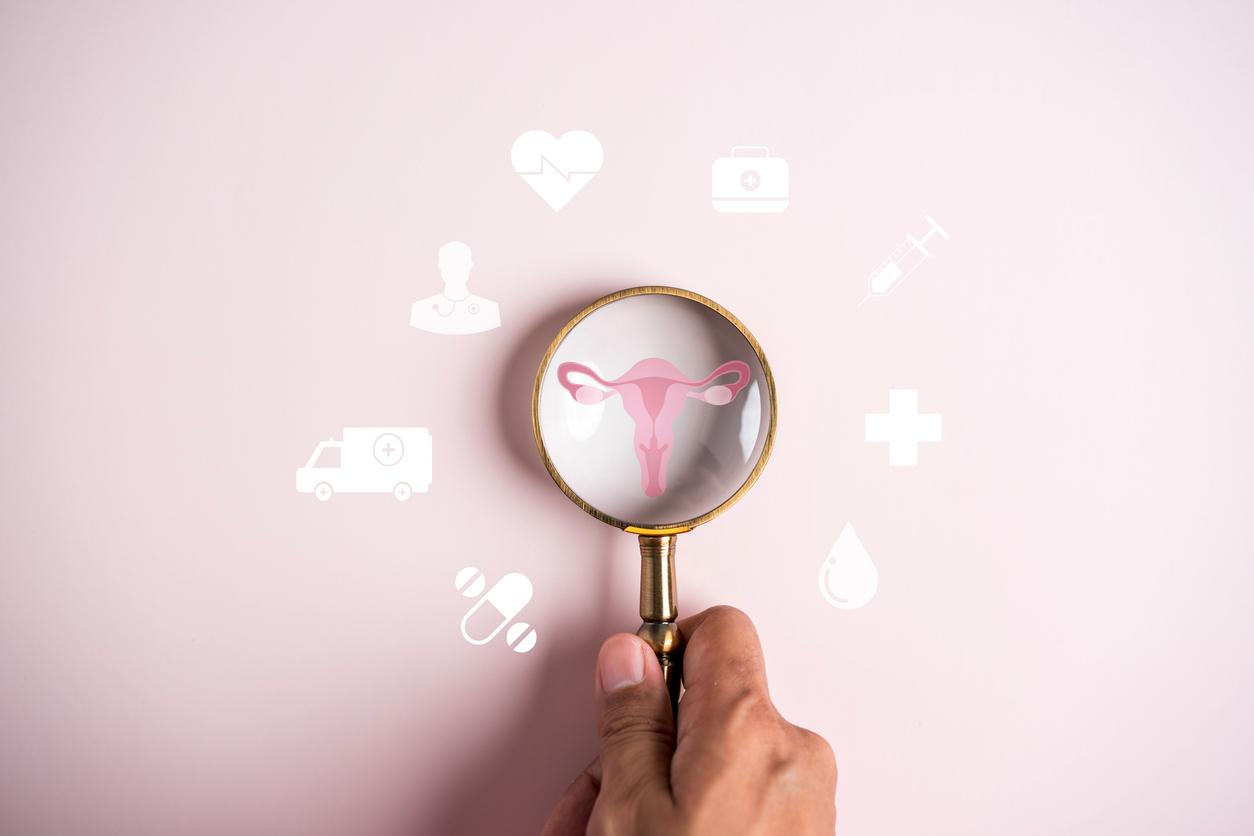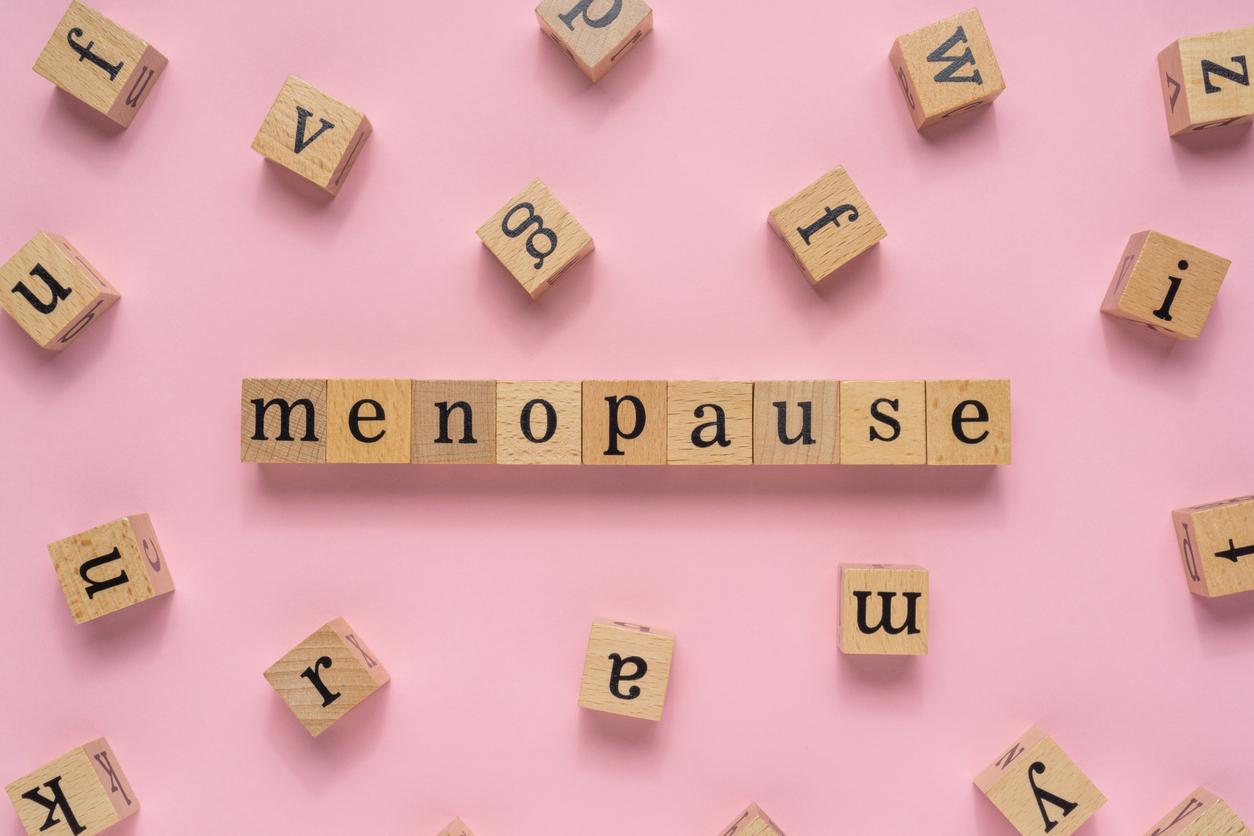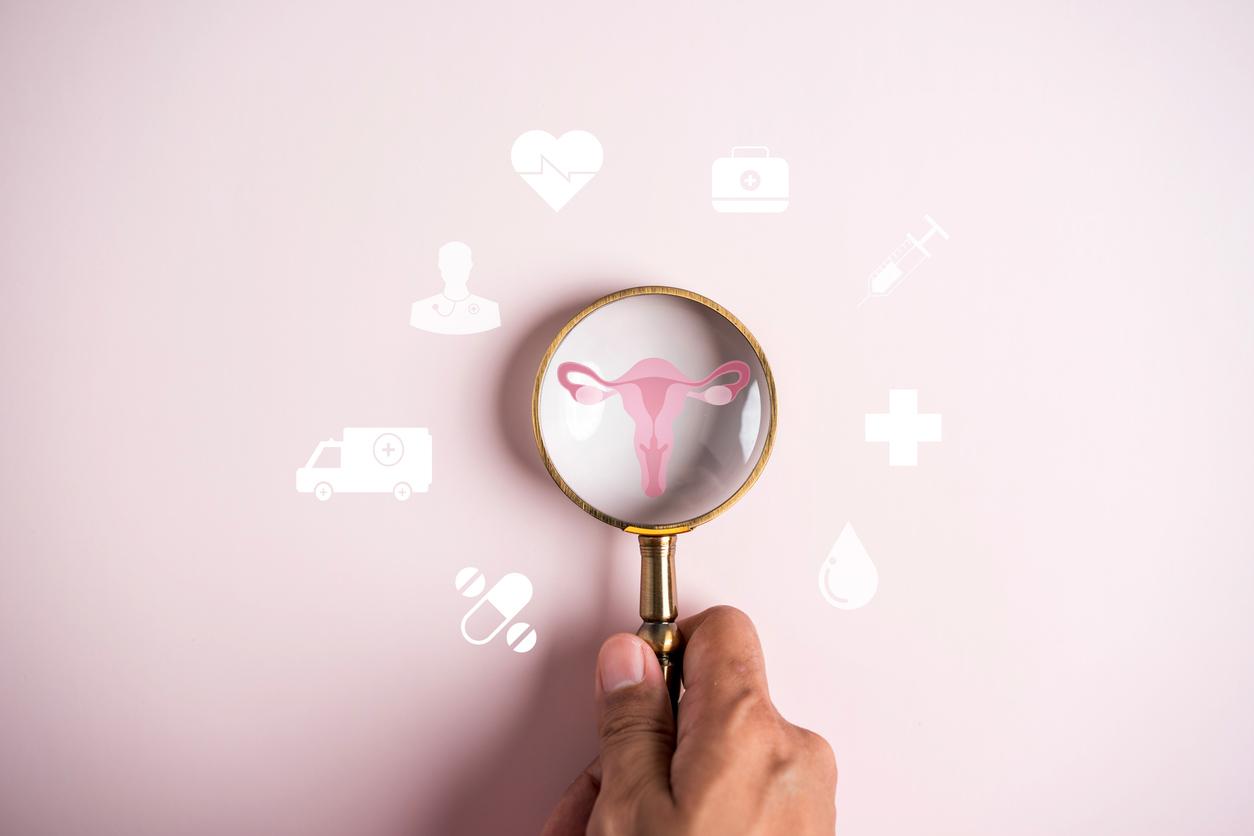According to a Chinese study, a long reproductive lifespan, that is to say the number of years between the first period and menopause, could reduce the risks of ischemic and hemorrhagic stroke.

- A stroke is characterized by a sudden loss of brain function.
- There are ischemic strokes and hemorrhagic strokes.
Estrogens are female hormones that ensure the smooth running of the menstrual cycle in women and that act on the urogenital system, the gland breast, the skin, the cardiovascular system or even the brain. According to a recent study, high exposure to estrogen could protect against the risk of ischemic stroke, a sudden stoppage of blood circulation in the brain, and hemorrhagic stroke, bleeding inside of the brain. This work was published in the journal Neurology.
A long reproductive life would protect against the risk of stroke
To reach this conclusion, the scientists recruited 122,939 postmenopausal women living in China. At the start of the study, none of the participants had suffered from a stroke.
First, the volunteers answered questionnaires on personal factors (age, profession, sex) as well as on their lifestyle (smoking, alcohol consumption, physical activity, medical history). They were also asked about their reproductive health, such as their age at onset of menstruation and menopause, number of pregnancies and miscarriages, and whether or not they used oral contraceptives.
Participants were followed for nine years. According to data from Health Insurance and Chinese disease registries, 15,139 women have suffered a stroke. Nearly 12,853 had an ischemic stroke, 2,580 a hemorrhagic stroke and 269 a subarachnoid hemorrhage, bleeding between the brain and the membrane that covers it.
Lower risk of ischemic and hemorrhagic stroke thanks to estrogen
During the study, the volunteers were divided into four groups according to their reproductive lifespan, in other words the number of years between the first period and menopause. For the group with the shortest reproductive life span, the women had up to 31 years of reproductive life while the participants in the group with the longest reproductive life span had 36 reproductive years.
According to the results, women with the longest reproductive lifespan had a 5% lower risk of ischemic stroke compared to women with the shortest reproductive lifespan. For hemorrhagic stroke, this risk is 13% lower.
“Our study suggests that higher estrogen levels due to a number of reproductive factors, including longer reproductive lifespan and use of hormone therapy or contraceptives, are linked to a lower risk of ischemic stroke and intracerebral hemorrhage (…) These results could contribute to new ideas for the prevention of strokes, such as considering screenings for people who have a short lifetime exposure to estrogen.”said Peige Song, author of the study and researcher at the medical school of Zhejiang University in Hangzhou (China).














